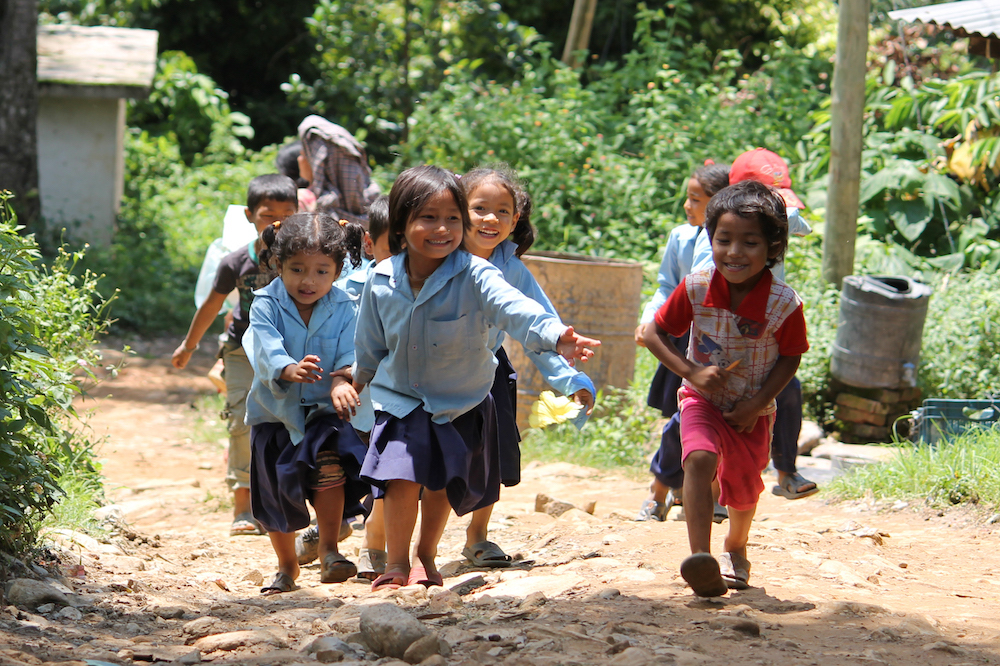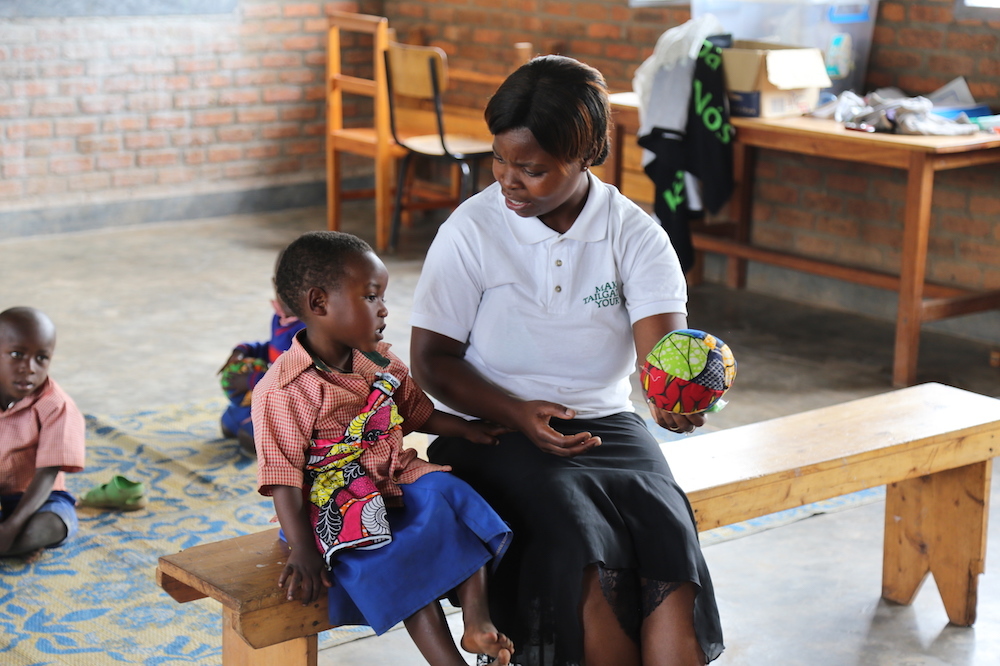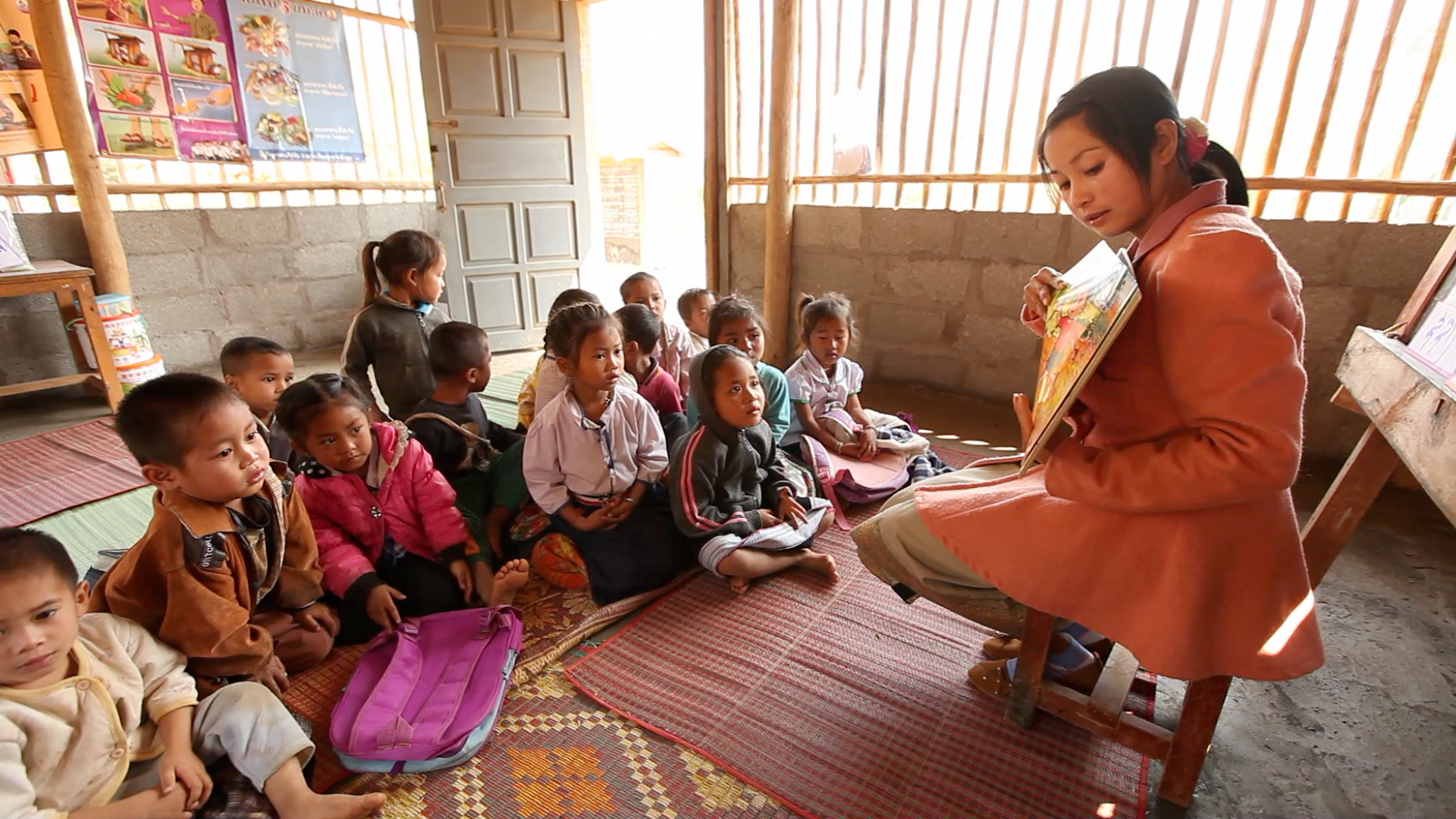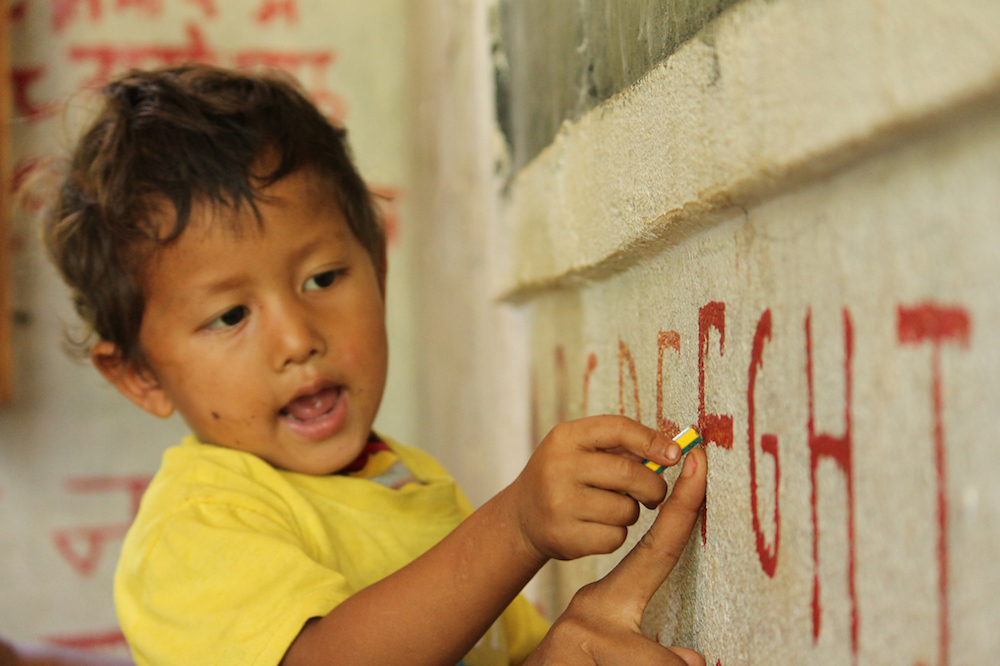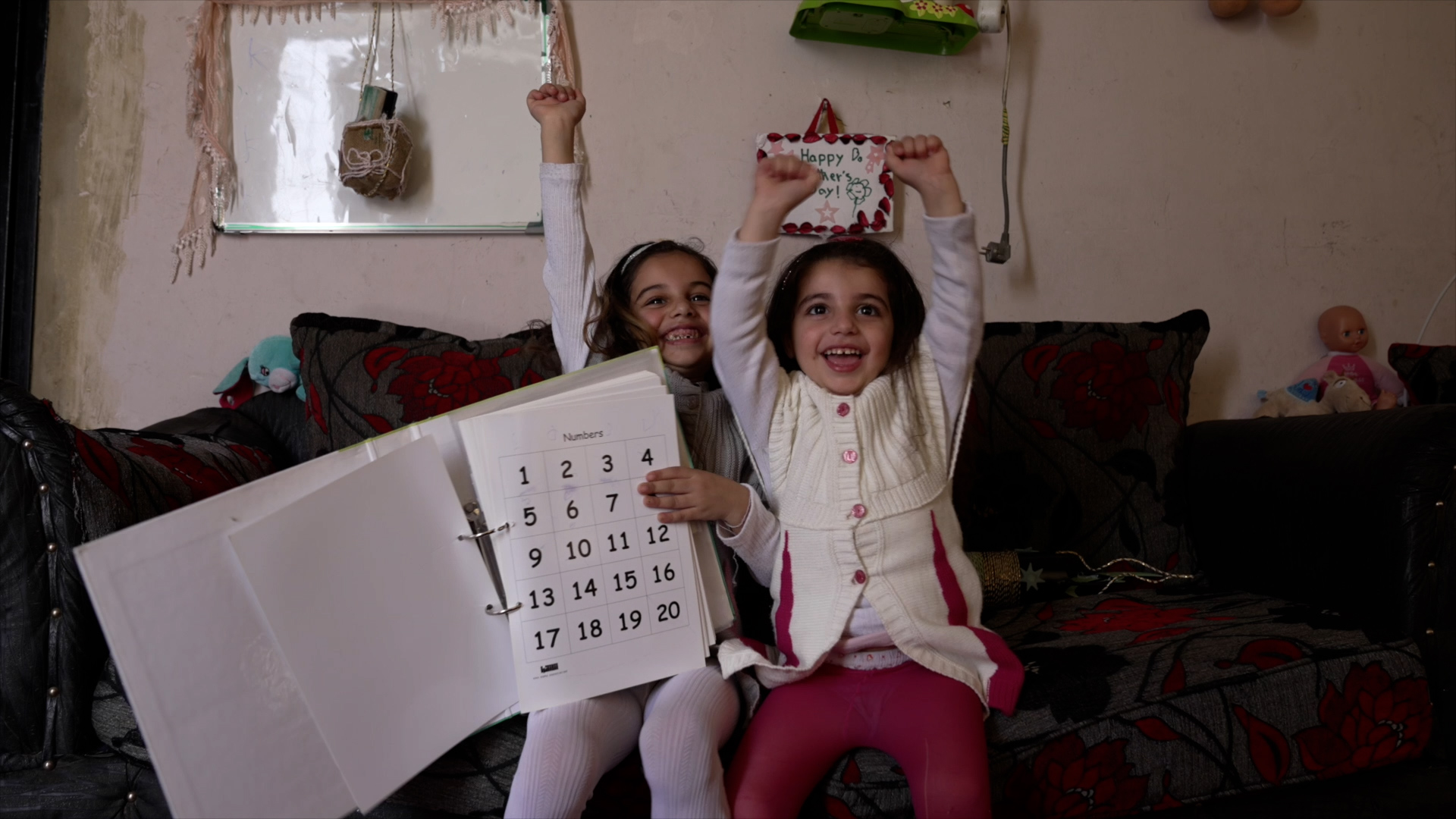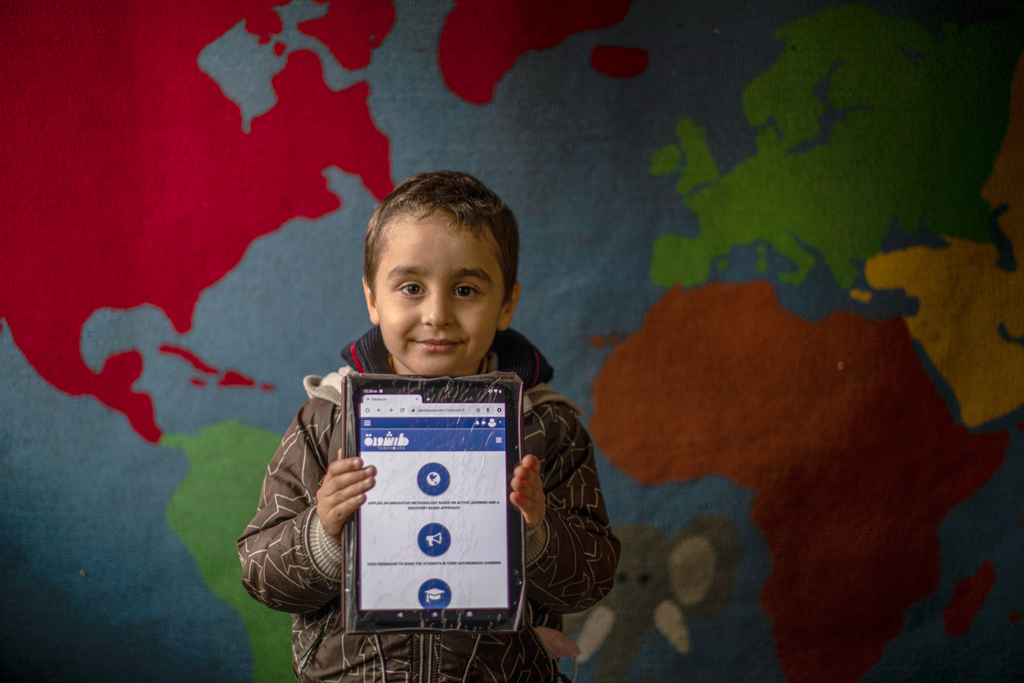Early years learning around the world
The average percentage of children who are enrolled in early childhood education globally is 50%. Here is a breakdown by region:
81% - East Asia and Pacific; 75% - Europe and Central Asia; 74% - Latin America; 71% - North America; 33% - Eastern and Southern Africa; 31% - Middle East and North Africa; 30% - West and Central Africa; 23% - South Asia.
